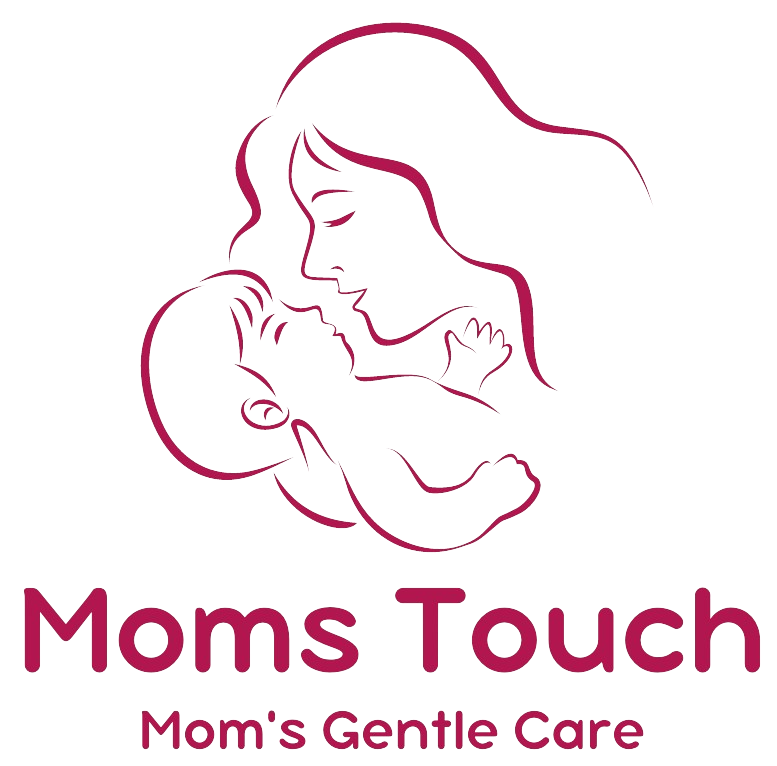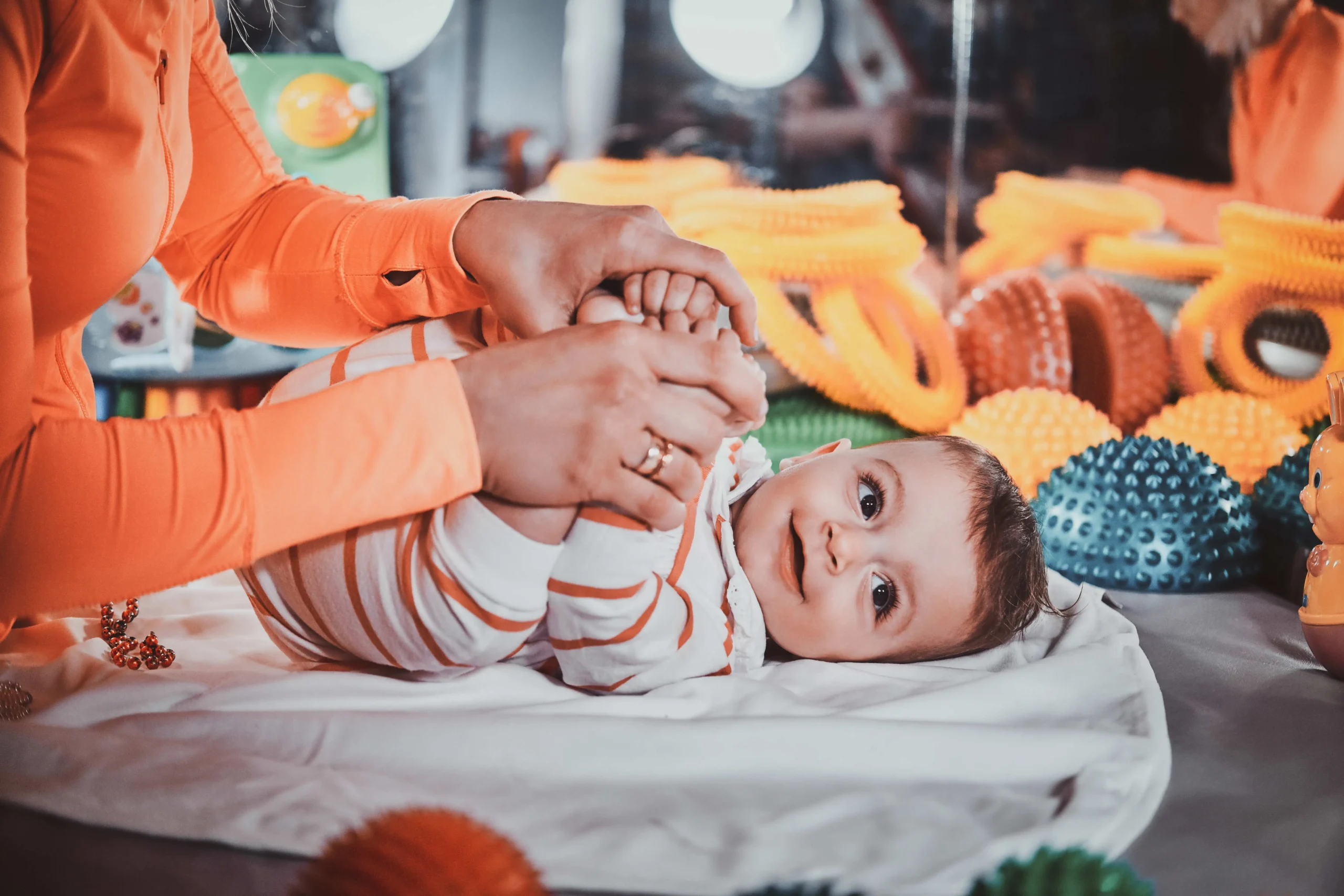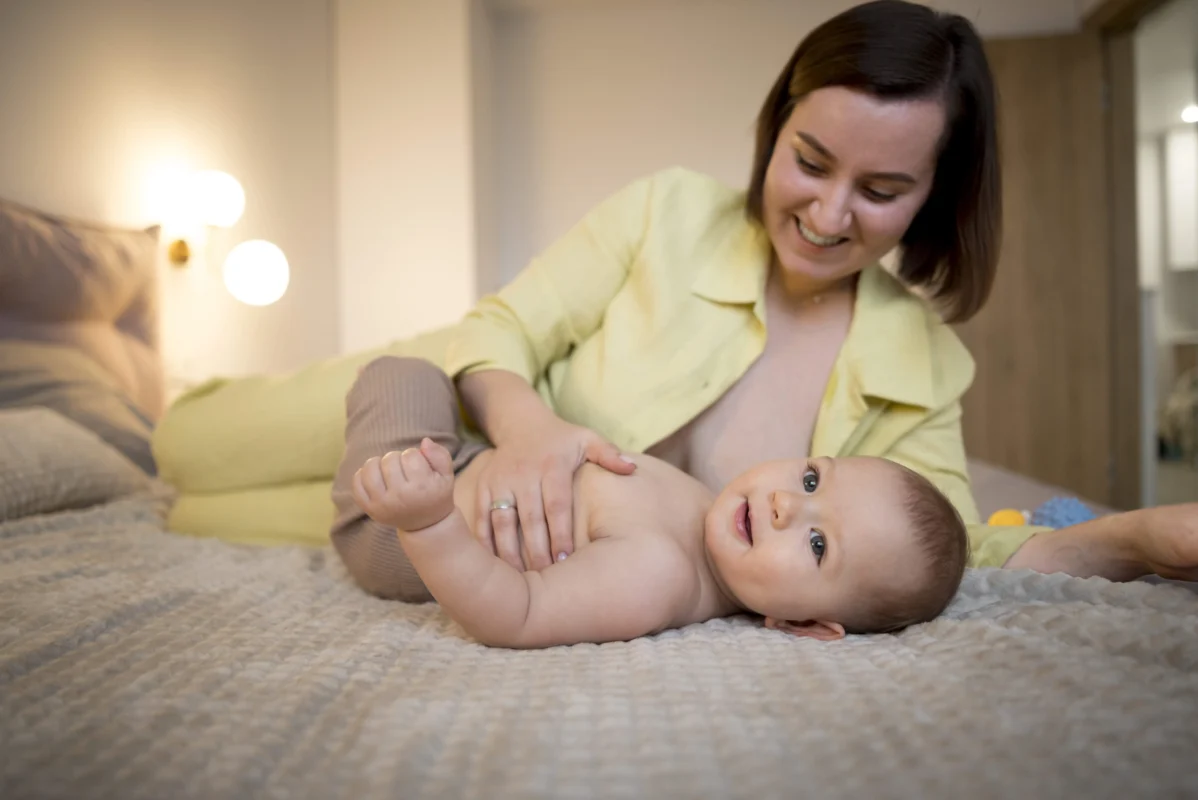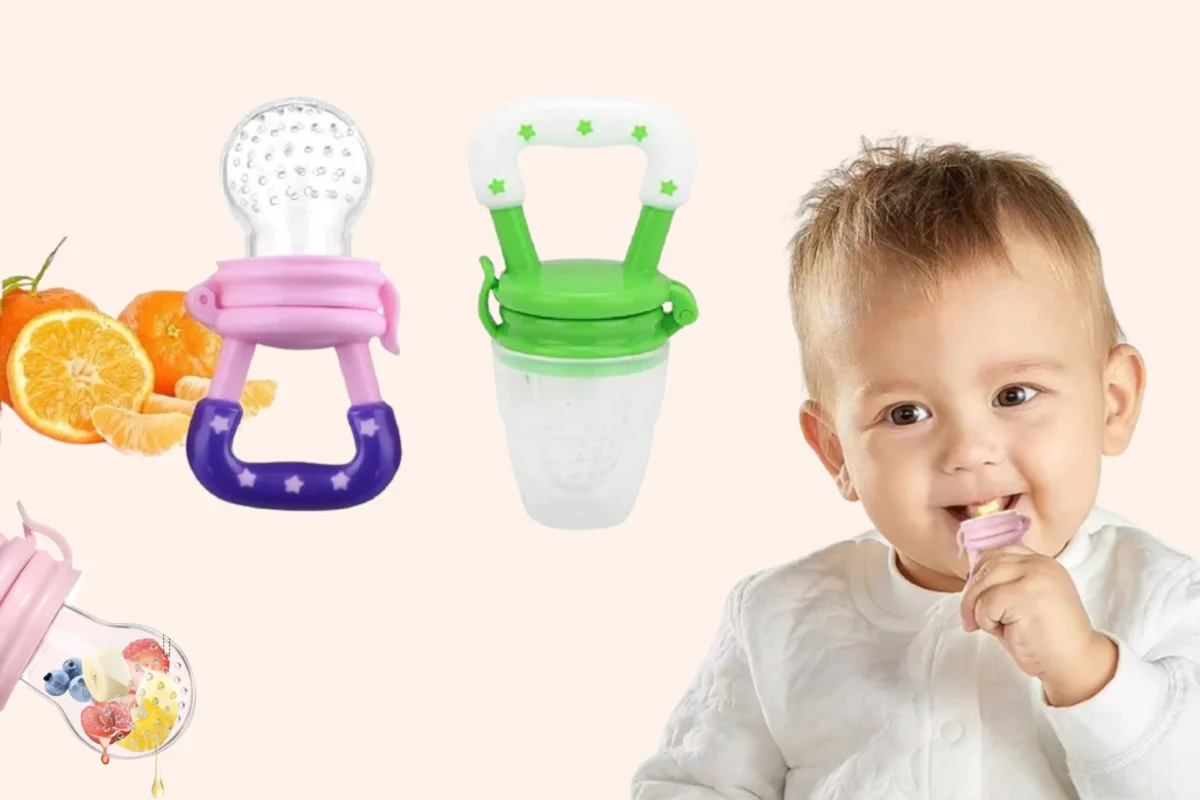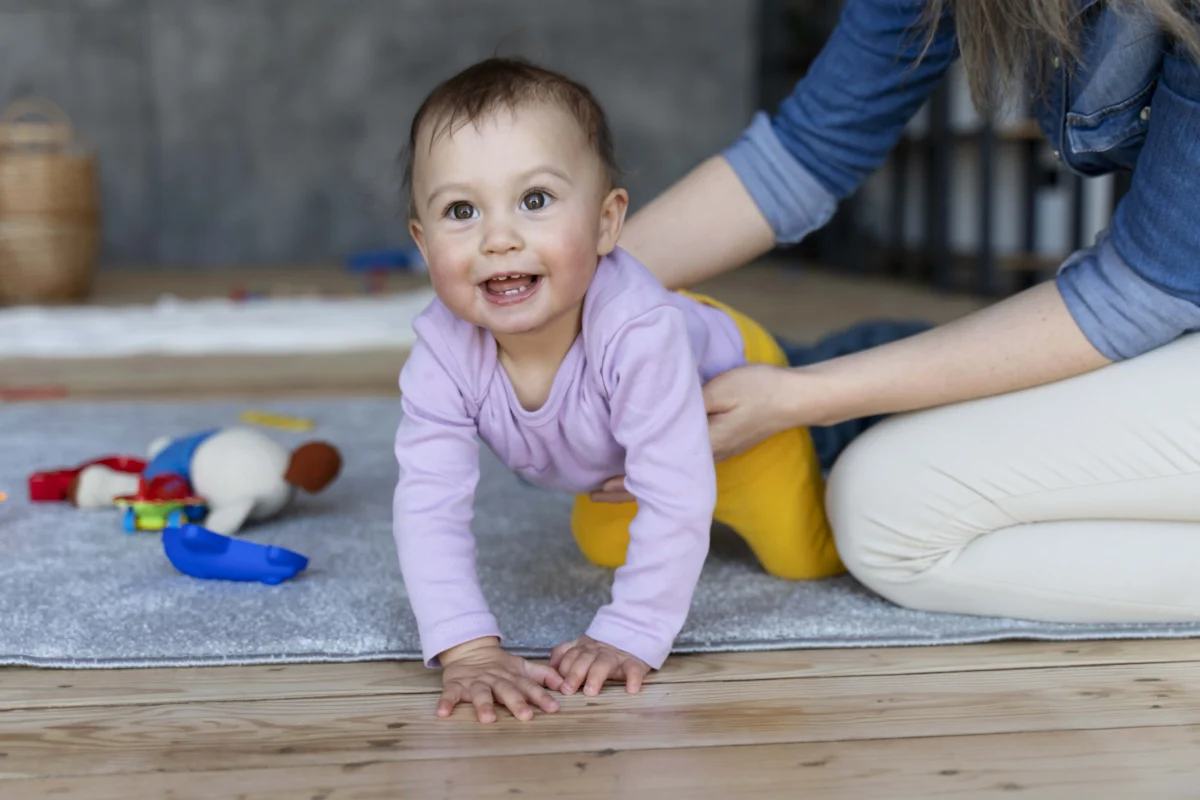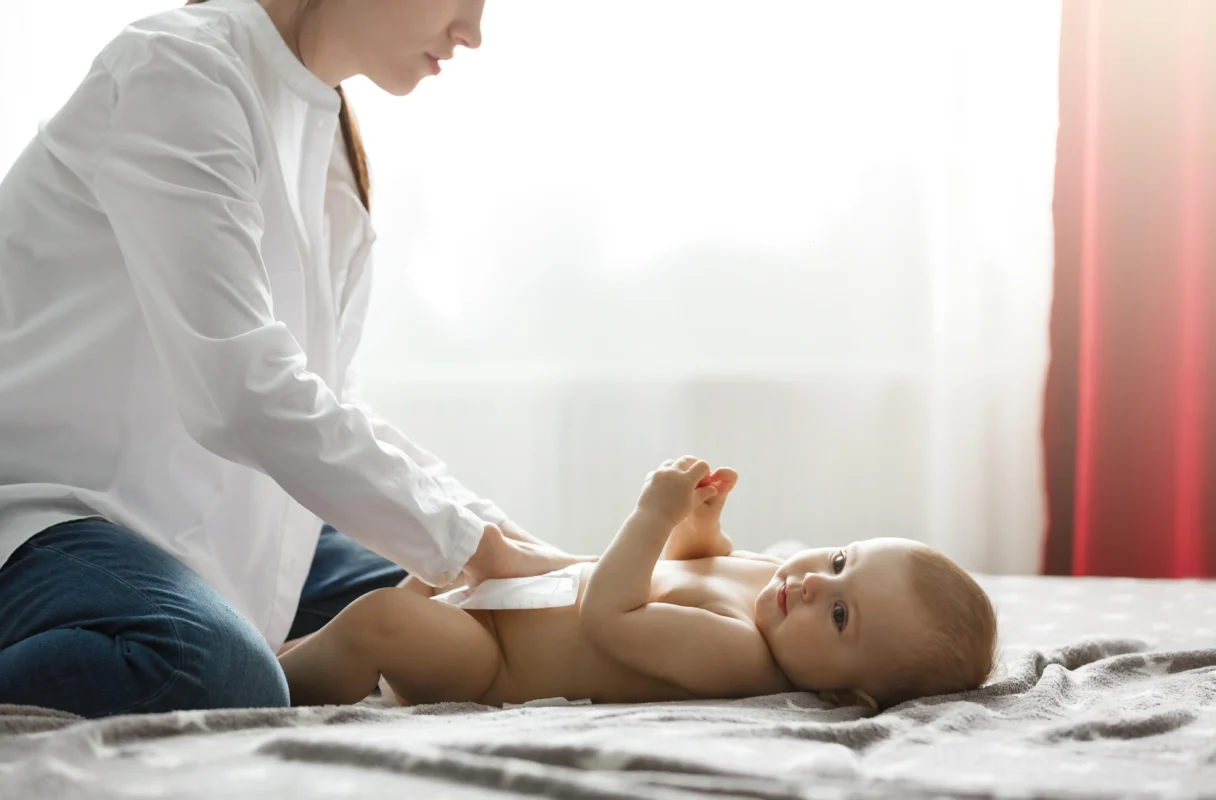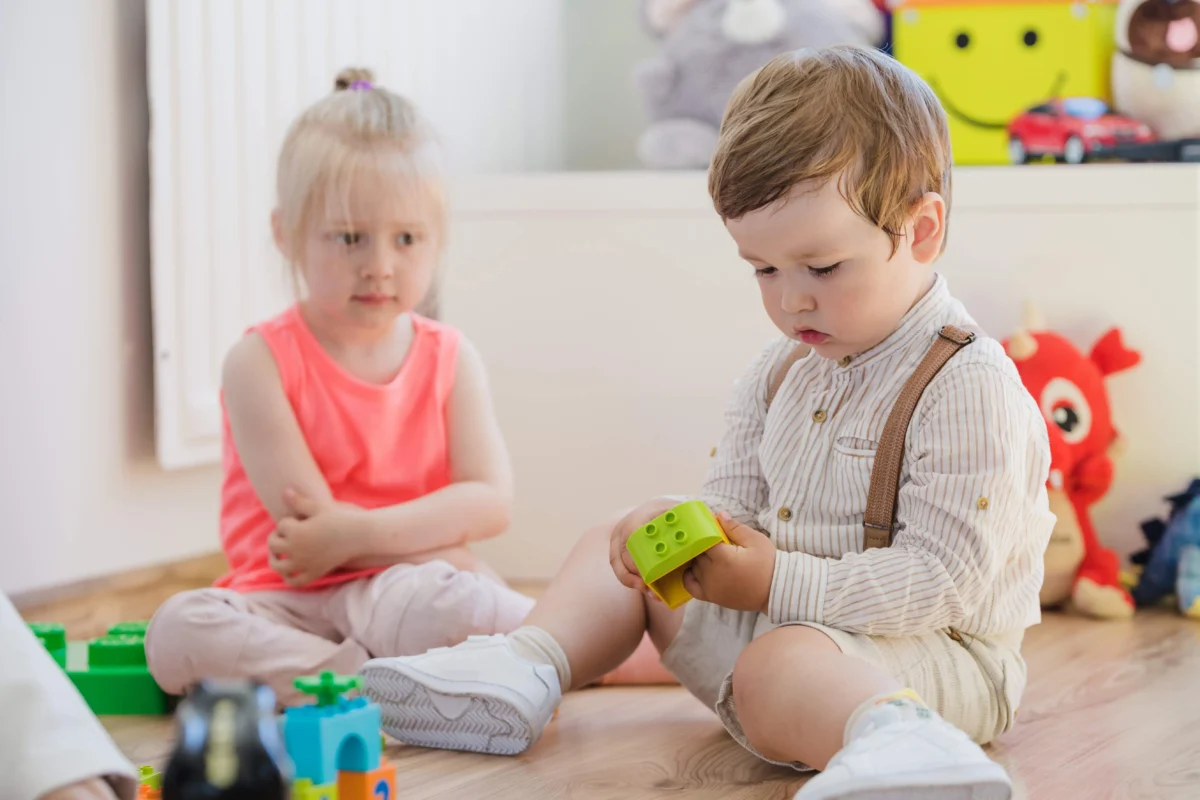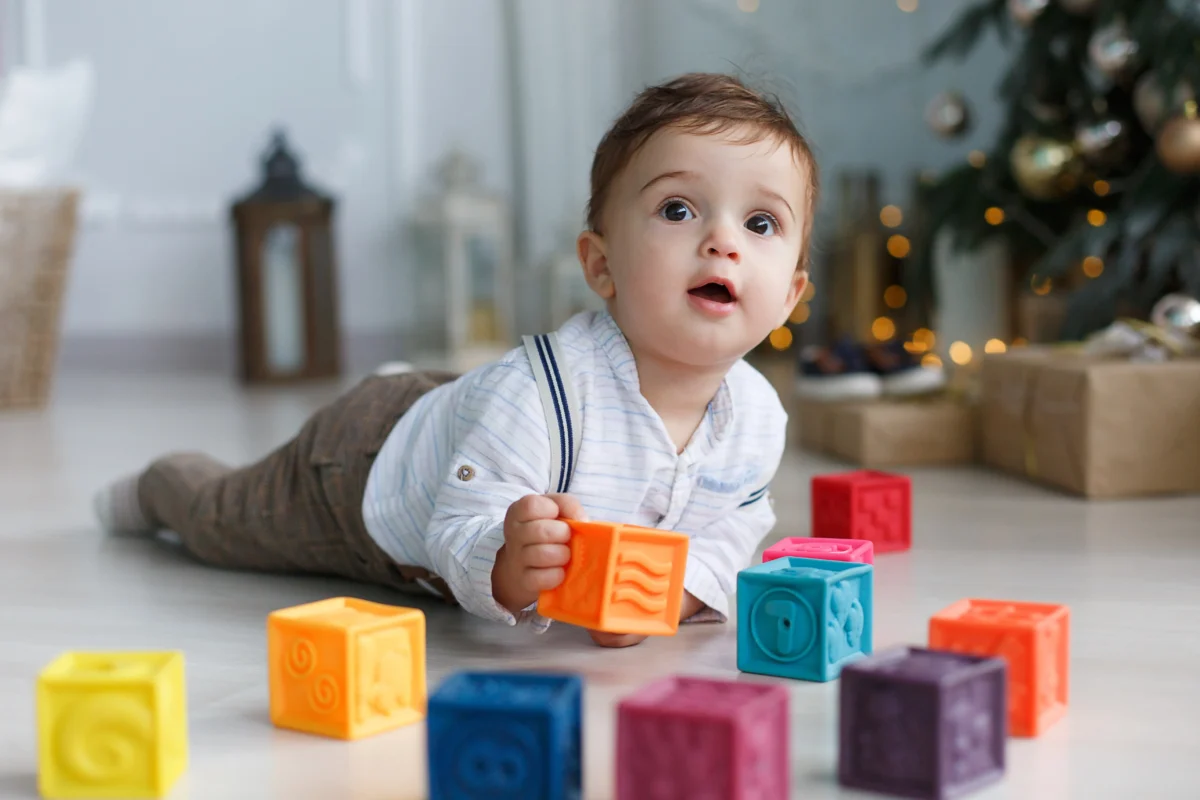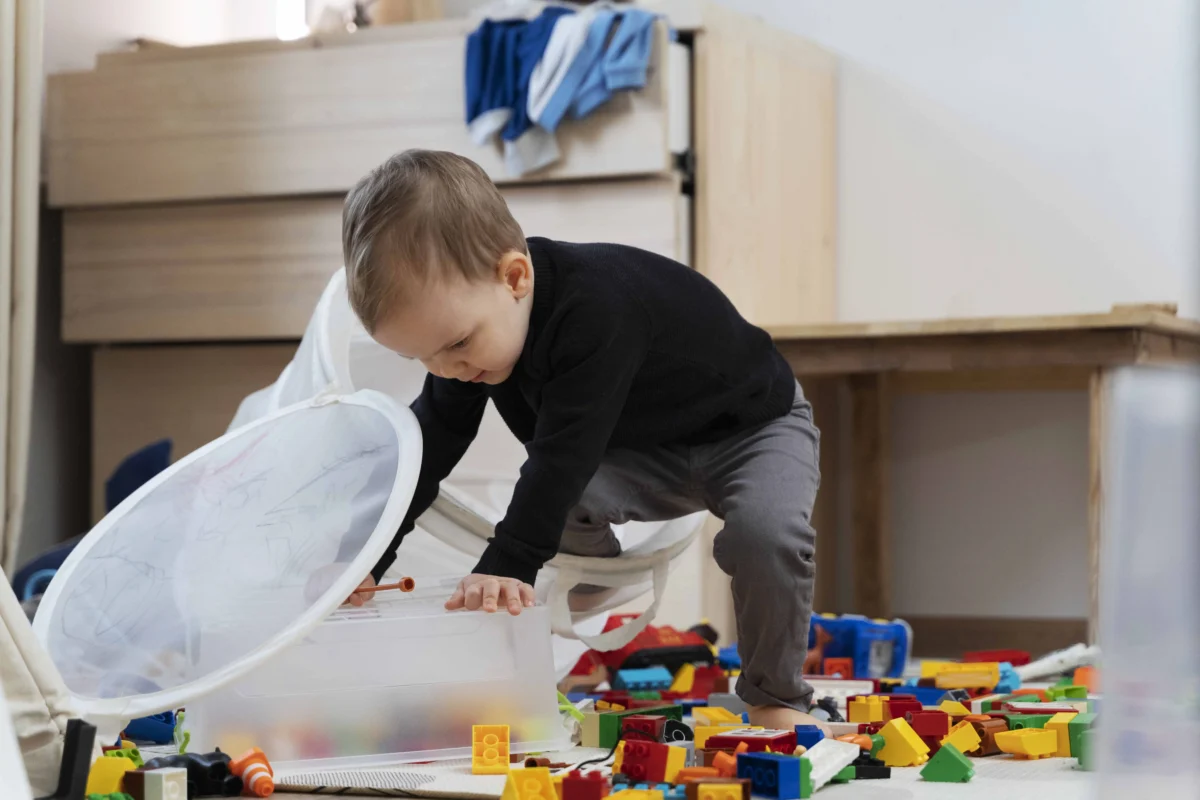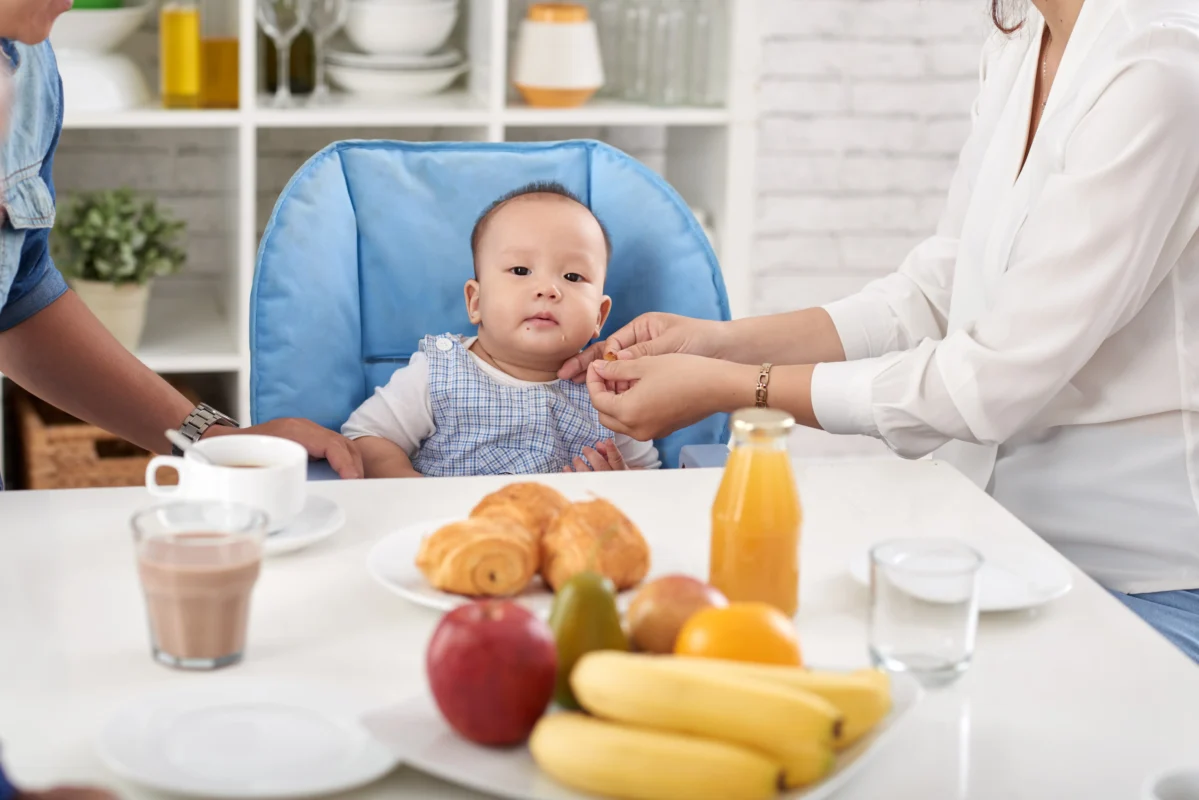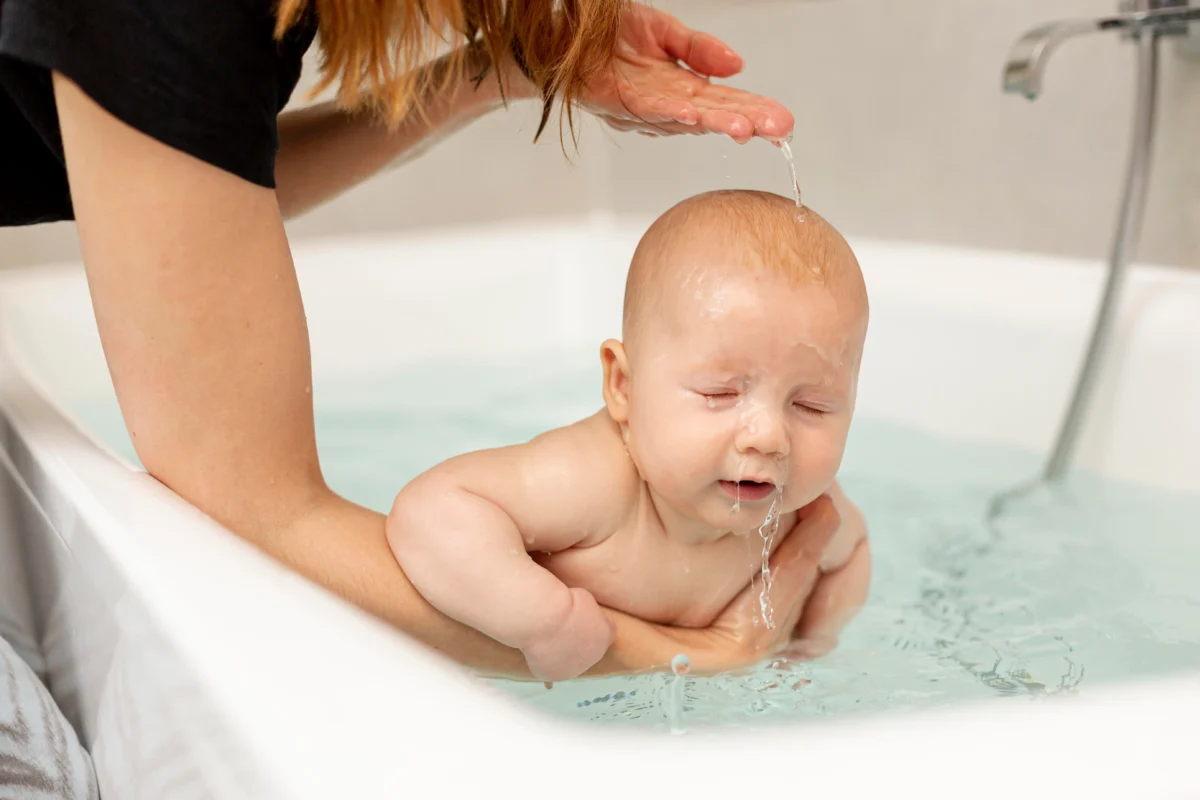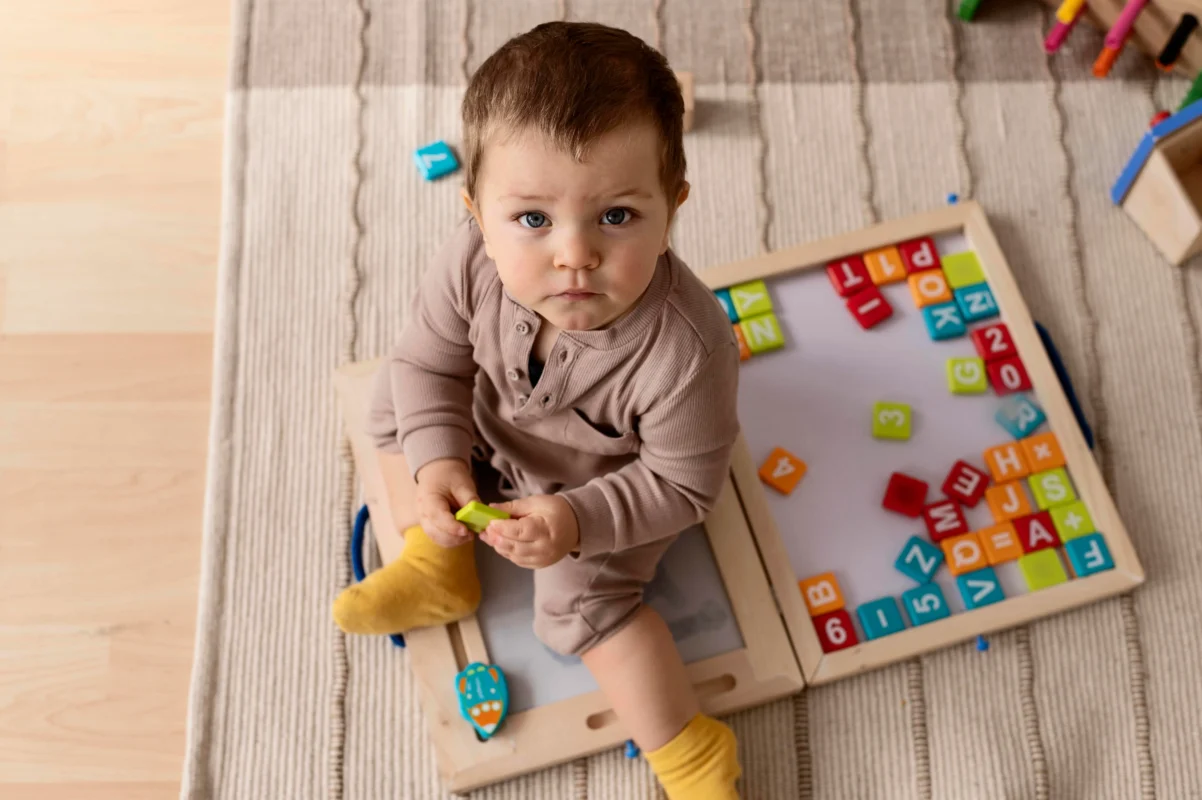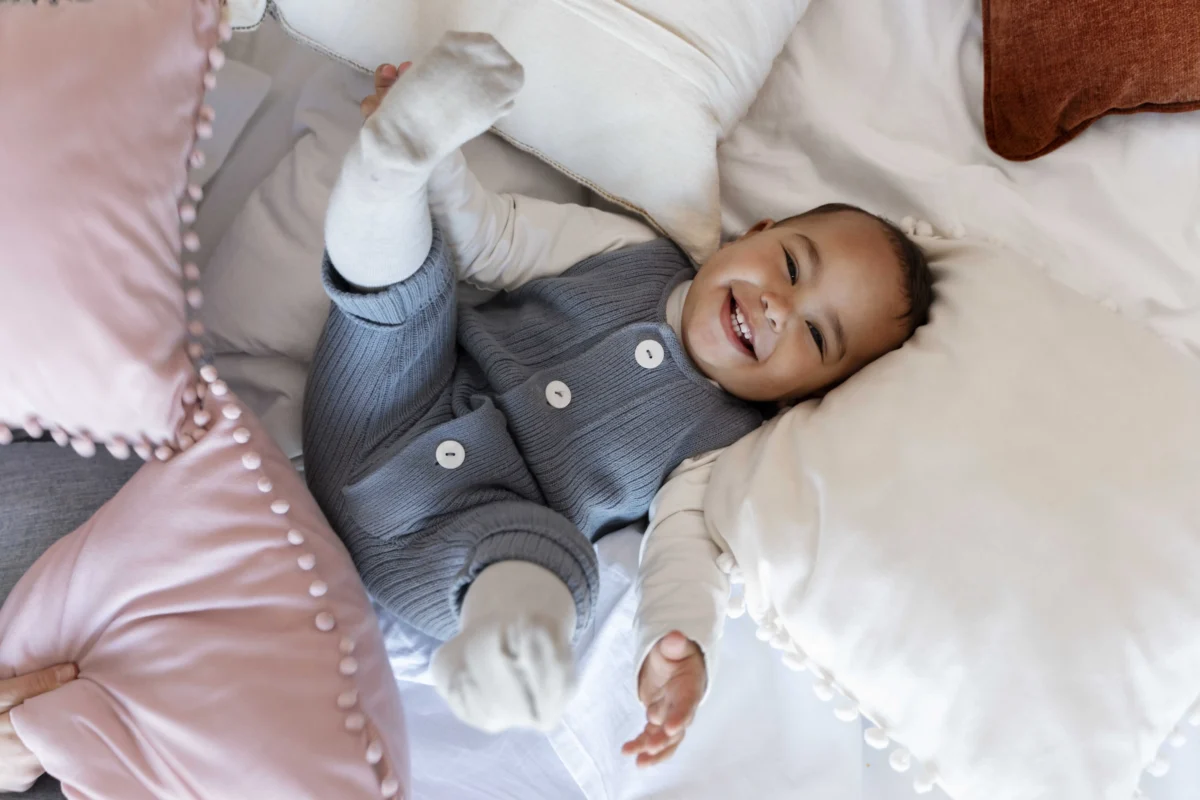Ensuring the safety and well-being of your baby is a top priority for every parent. From the moment they come into the world, babies are curious and adventurous, eager to explore their surroundings. As they grow and develop, it’s essential to create a safe environment that protects them from potential hazards. In this comprehensive guide, we’ll explore essential tips and strategies for keeping your child safe and secure at every stage of their development.
Why Baby Safety is Important
Baby safety is crucial for several reasons:
- Reducing the Risk of Injury: Babies are prone to accidents and injuries, which can have long-term effects on their health and development. By taking steps to ensure their safety, you can reduce the risk of injury and prevent serious harm.
- Preventing Fatalities: Unfortunately, accidents can be fatal, especially for young children. By taking steps to ensure their safety, you can prevent fatalities and ensure your child’s survival.
- Promoting Healthy Development: A safe and secure environment is essential for your child’s healthy development. By ensuring their safety, you can promote healthy development and reduce the risk of developmental delays.
Baby Safety Tips
Here are some baby safety tips to help you keep your child safe and secure:
- Install Safety Gates: Install safety gates at the top and bottom of stairs, as well as around rooms that contain hazards such as the kitchen or bathroom. This will prevent your child from accessing areas that are not safe for them.
- Secure Furniture and Appliances: Secure heavy furniture and appliances to the walls to prevent them from tipping over and causing injury. This is especially important for heavy furniture such as bookshelves and televisions.
- Use Outlet Covers: Use outlet covers to prevent your child from inserting objects into electrical outlets and causing electrical shock. This is a simple and effective way to prevent electrical hazards.
- Keep Sharp Objects Out of Reach: Keep sharp objects such as knives, scissors, and razors out of reach of your child to prevent injury. This is especially important for young children who may not understand the dangers of these objects.
- Use Baby-Proofing Products: Use baby-proofing products such as cabinet locks and drawer locks to prevent your child from accessing hazardous substances and objects. These products can be purchased at most baby stores or online.
- Supervise Your Child: Always supervise your child, especially in areas where they may be at risk of injury, such as near water or in areas with hazardous materials. This will help you prevent accidents and ensure your child’s safety.
- Keep Your Child’s Environment Clean: Keep your child’s environment clean and free of hazards such as broken glass, sharp objects, and hazardous substances. This will help prevent accidents and ensure your child’s safety.
- Teach Your Child About Safety: Teach your child about safety and the importance of staying safe, especially as they get older and become more independent. This will help them develop good safety habits and reduce the risk of accidents.
Additional Tips for Baby Safety
Here are some additional tips for baby safety:
- Keep Your Child’s Car Seat Safe: Keep your child’s car seat safe by ensuring it is properly installed and used correctly. This will help prevent injuries and fatalities in the event of a car accident.
- Use a Baby Monitor: Use a baby monitor to keep an eye on your child while they are sleeping or playing. This will help you detect any potential hazards and ensure your child’s safety.
- Keep Your Child’s Environment Well-Lit: Keep your child’s environment well-lit to prevent tripping and falling. This is especially important for young children who may not be able to see well in low-light conditions.
- Use a Baby Gate: Use a baby gate to prevent your child from accessing areas that are not safe for them. This can be especially helpful for young children who may not understand the dangers of certain areas.
- Keep Your Child’s Environment Free of Clutter: Keep your child’s environment free of clutter to prevent tripping and falling. This is especially important for young children who may not be able to see well in cluttered areas.
Conclusion
Baby safety is a top priority for any parent, and by following these tips, you can help ensure your child’s safety and security. Remember, safety is a top priority, and by taking steps to ensure your child’s safety, you can reduce the risk of injury and prevent serious harm.
FAQs
- What are the essential items needed for babyproofing my home?
- Babyproofing your home is essential to prevent accidents and injuries as your baby begins to explore. Some essential items for babyproofing include safety gates to block off stairways and rooms, outlet covers to prevent electrical shocks, cabinet locks to keep harmful substances out of reach, and furniture anchors to prevent tip-overs.
2. How can I ensure my baby’s crib is safe for sleep?
- Creating a safe sleep environment for your baby is crucial to reduce the risk of Sudden Infant Death Syndrome (SIDS). To ensure your baby’s crib is safe, use a firm mattress that fits snugly in the crib frame with no gaps around the edges. Avoid using soft bedding, pillows, or stuffed animals in the crib, as these can pose suffocation hazards. Additionally, ensure that the crib meets current safety standards and has no loose or missing parts.
3. What should I do if my baby gets into something they shouldn’t?
- If your baby accesses something they shouldn’t, it’s essential to react quickly and calmly. Remove your baby from the hazard immediately and assess if any harm has occurred. If necessary, provide first aid or seek medical attention. It’s crucial to supervise your baby closely at all times and to keep potentially dangerous items out of reach to prevent accidents.
4. Are there specific car seat guidelines I should follow?
- Car seat safety is paramount for protecting your baby during travel. Follow these guidelines to ensure your baby’s car seat is installed and used correctly:
- Select the appropriate car seat for your baby’s age, weight, and height, following the manufacturer’s guidelines.
- Install the car seat in the back seat of the vehicle, preferably in the center, using either the seat belt or LATCH system.
- Position the harness straps at or below your baby’s shoulders and ensure they are snug to prevent excessive movement.
- Use the chest clip at armpit level to keep the harness straps in place.
- Regularly check the car seat for proper installation and adjust it as needed as your baby grows.
5. How can I prevent accidents during bath time?
- Bath time can be enjoyable for both you and your baby, but it’s essential to take precautions to prevent accidents. Always supervise your baby closely during bath time and never leave them unattended in the bathtub, even for a moment. Ensure the water temperature is comfortable and safe by using a bath thermometer or testing it with your elbow. Use nonslip mats in the bathtub to prevent slips and falls, and keep all bath supplies within arm’s reach. After bath time, empty the bathtub immediately to prevent drowning incidents.
